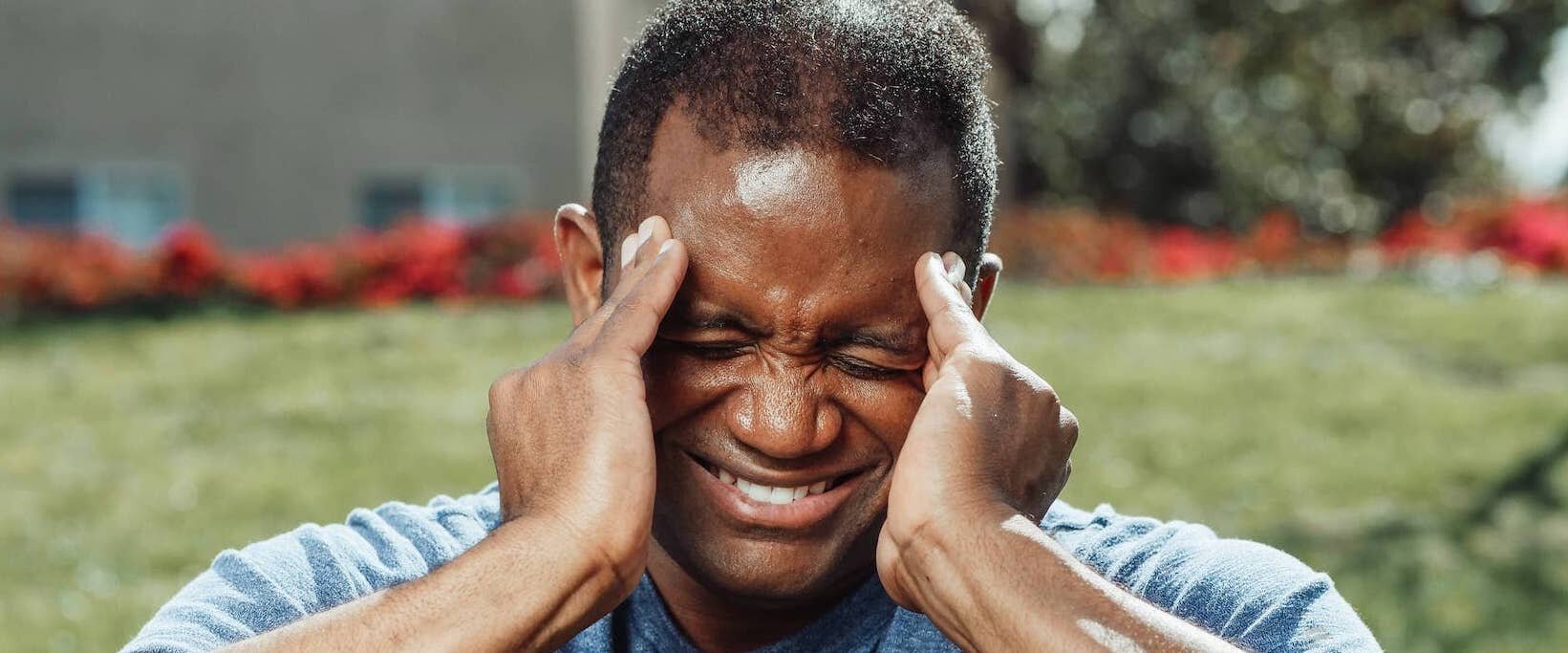
A headache can be a small effect of a bigger primary headache disorder. These disorders include migraines, tension type headaches, cluster headaches, or medication-overuse headaches.
There are treatments both with and without the use of physical medicine. Treatment methods without the use of physical medicine vary in levels of success and pain relief.
Like what you’re learning? Explore our online Orofacial Pain & Oral Medicine degree.
Common Natural Treatments For Headaches
- Diet instructions (i.e. not missing meals)
- Wearing sunglasses outdoors
- Applying ice packs
- Posture awareness
- Ergonomics in the workspace
- Daily stretching of neck muscles
- Limited use or avoidance of alcohol, tobacco, or caffeine
Physical medicine treatment methods are all helpful, but they do not quickly reverse the neurogenic changes induced or associated with a chronic daily headache. They do not change the genetic susceptibility that makes someone have headaches.
Related Reading: New Treatments for Chronic Migraines are on the Horizon
The Agency for Health Care Research and Quality (AHRQ), formerly known as the Agency for Health Care Policy and Research (AHCPR), reports that physical medicine has modest effects, if any, on headache pain disorders.
The AHRQ attempted four different types of interventions to these disorders: transcutaneous electrical nerve stimulation, hyperbaric oxygen, cervical mobilization/manipulation, and acupuncture.
Transcutaneous Electrical Nerve Stimulation
In a non-invasive treatment study for chronic or recurrent headaches, spinal manipulation proved to be effective to prevent migraines [1]. It also proved that various physical medicines can help with chronic headaches.
An additional study on occipital nerve stimulation showed modest affects in relieving headache pain [2]. More research is required to prove the effectiveness of this approach. In addition, any neurostimulation devices should only be used in patients with medically intractable syndromes from tertiary headache centers either as part of valid study or after controlled studies with an acceptable side effect profile exist.
Related Reading: 5 Steps to Accurately Diagnose Chronic Trigeminal Neuropathy
Hyperbaric Oxygen
Hyperbaric oxygen has been used in studies to help with headache pain. A group of people suffering from headache pain disorders was exposed to hyperbaric oxygen, while another group was exposed to normal oxygen. Results pointed to a significant difference in the treated group.
Cervical Mobilization or Manipulation
A study examined both cervical mobilization and manipulation, and found little support to pain relief. Another study examined effects of head-neck massage on heart rate, mood states, and pressure pain thresholds in patients with chronic tension-type headaches. A single session of the manual massage therapy reduced pain in patients 24 hours after treatment.
Standardized physical therapy have been found to have a good effect on pain. Physiotherapy, spinal manipulation, and other manual therapies do not have enough evidence to become a valid treatment option for headaches.
Related Reading: Why Patients with Chronic Pain Seek Chiropractic Care
Acupuncture
In a study on the effects of acupressure and trigger points in treating headaches, one month of acupressure was found as more effective in reducing chronic headaches than one month of muscle relaxant treatment.
Overall, acupuncture treatments have had slightly better outcomes and fewer adverse effects than prophylactic drug treatment. Conversely, acupuncture does provide additional benefits to treatment of acute migraine attacks.
Related Reading: Acupuncture May Help Alleviate Osteoarthritis Pain
Earn a Master’s Degree in Orofacial Pain and Oral Medicine Online
Like what you’re learning? Consider enrolling in the Herman Ostrow School of Dentistry of USC’s online, competency-based 1-year certificate program or 3-year Master’s program in Orofacial Pain and Oral Medicine.
